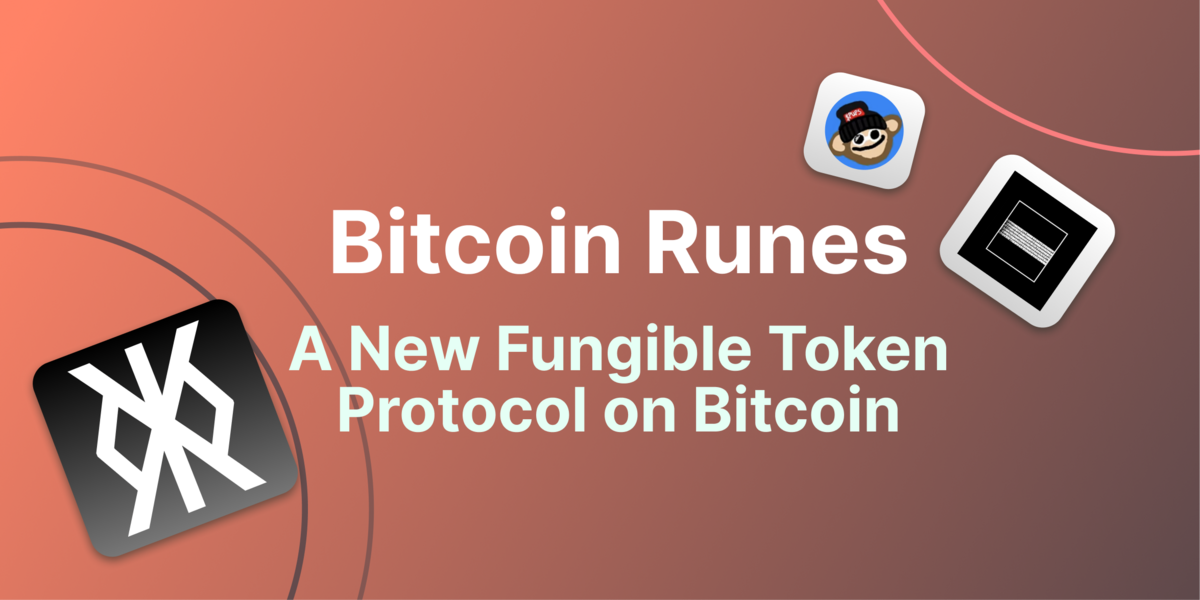A version of this presentation was first presented at the Stacks Foundation’s Bitcoin Innovation Virtual Summit on 24 February 2022. You can watch a replay of the event on YouTube here.
Bitcoin is the granddaddy of all blockchains, and was built to be a “purely peer-to-peer version of electronic cash (that) would allow online payments to be sent directly from one party to another without going through a financial institution”. Thus far, Bitcoin has proven to be pretty resilient, and with the introduction of the Lightning Network, is also starting to scale to become viable for micro-transactions as well.
However, payments should just serve as the starting point, and there are many other tradfi verticals left to conquer. The advent of smart contracts, particularly on Ethereum, has enabled an entirely new world of decentralized finance (or DeFi for short) to be built and deployed, allowing crypto users access to other financial service verticals directly on-chain, in a permissionless and trustless manner, the same way payments on Bitcoin are executed.
While other chains may have taken the lead in terms of DeFi development, the Bitcoin community has also not been resting on its laurels and has plowed ahead with implementing DeFi dApps on the blockchain. We took a dive into this budding ecosystem and here are some of the key takeaways.
1. DeFi dApps on Bitcoin have thus far been implemented on sidechains / Layer 2s

Since its inception, the Bitcoin blockchain was built for peer-to-peer payments, and not much else. Early development of Bitcoin was really centered on how the chain could become more stable, secure, and scale with a growing userbase (anybody remembers the blocksize wars?). This meant that the Bitcoin blockchain itself was not meant to be a platform for smart contracts and dApps. While this could change with the implementation of the Taproot upgrade deployed late 2021, for now, smart contract functionality for the Bitcoin blockchain had to come via sidechains / Layer 2 solutions.
From the diagram above, you could see that each Bitcoin sidechain / Layer 2 has chosen a slightly different technical implementation. Each has its own upsides and downsides, and there isn’t a perfect solution. Of note, Liquid Network and Lightning Network were also early scaling solutions for Bitcoin, and probably don’t offer such rich programming possibilities compared to the rest of the 3 (RSK, DeFiChain and Stacks). Nonetheless, that hasn’t stopped people from trying.
2. Most Bitcoin DeFi Projects are still centered around specific verticals

Thus far, we could probably say that the Bitcoin DeFi ecosystem is still in its initial phase, judging from the projects which are live. DEXes, stablecoins, lending protocols and oracles are mandatory starting points for any DeFi ecosystem, as they form the basis for other DeFi primitives to be built. For example, there is no need for yield aggregators if there are no liquidity mining incentives on DEXes and lending protocols, and no need for insurance if there aren’t potential liquidations from lending protocols.
While gaps still exist, the ecosystem is starting to branch out into more advanced DeFi verticals such as derivatives. Cynics will say these have all been done before, but the Bitcoin ecosystem can really take onboard lessons on what works and what didn’t on other chains. Designing tokenomics for DeFi protocols is still an evolving field, and it doesn’t hurt to have a nice roadmap laid out with potholes to avoid. Since Bitcoin’s mantra has been steady and secure since the start, having sound, non-scammy DeFi projects would enhance the confidence of users in its ecosystem.
Finally, it’s probably important to point out that while we’re focused on the DeFi ecosystem, there are also other cool and interesting projects being deployed on Bitcoin sidechains and Layer 2s. Projects such as CityCoins, Bitcoin NFTs, cross-chain bridges, are equally exciting and serve to further enrich the overall Bitcoin ecosystem.
3. Despite little hype, Bitcoin’s DeFi TVL still close to tripled since the start of 2021

Note: The data excludes TVL from staking governance tokens, e.g. the staking of STX for governance rewards. Charts areas which are shaded represent an estimate and not actual data.
Bitcoin’s DeFi ecosystem reached $1.15 billion in total value locked (TVL) into its dApps as of mid-Feb 2022. While TVL may not be the perfect indicator of the size of a chain’s DeFi ecosystem, it does give us an indicator of the overall interest and commitment from its users. While this is still a very small slice of the overall DeFi pie (total DeFi TVL recorded at end-2021 was $234 bn), it is still an almost 3x increase from where it started in Jan 2021.
Of the different sidechain / layer 2 implementations, DeFiChain is the undisputed leader in terms of TVL, with ~77% of total share, off the back of its DEX and lending protocol. While Stacks had just launched some time in 2021, its TVL has quickly caught up to those locked in to RSK, which has a much longer history.
Of the different DeFi verticals, DEXes (DeFiChain DEX, Stackswap and Sovryn) still retain the most TVL across all chains.
4. The amount of BTC in Ethereum DeFi dwarfs the total amount of BTC in Bitcoin DeFi

Perhaps the biggest challenge for Bitcoin DeFi builders has been the prevalence of BTC bridged on to Ethereum. There is ten times more BTC locked into Ethereum DeFi protocols compared to Bitcoin DeFi protocols. More specifically, most of these BTC locked into Ethereum DeFi are being deployed as collateral on lending protocols such as Maker, Aave, Compound and Curve, helping generate additional returns for BTC holders.
The wrapping or bridging of BTC on to Ethereum was first made possible by the Wrapped BTC (wBTC) project, whose initial aim was to bring BTC liquidity onto Ethereum DEXes which only supported ERC20 tokens. The structure mirrors those of centralized stablecoins, where a custodian (in the case of wBTC, BitGo) holding actual BTC and issuing wBTC against it. While decentralized bridged BTC such as renBTC also exist, wBTC now represents ~80% of all BTC on Ethereum.
While bridging BTC on to the Ethereum chain has managed to bring richer DeFi functionality to Bitcoin, bridged assets, at least with its current implementations, still carries its own unique security risks. Having your DeFi use cases deployed on a different chain also takes away value from the Bitcoin base chain and ecosystem, and it’s important that Bitcoin DeFi projects continue to build and expand in order to capture more share of this market on Bitcoin-native implementations.
5. While DeFi on Bitcoin remains nascent, there are reasons for optimism

Personally, I remain cautiously optimistic on the potential of the Bitcoin DeFi ecosystem. Regardless of your views of Bitcoin, it still largely remains the first choice for beginner users, whether retail and institutional, when they start to dip their toes into the crypto-verse. This explains the many projects out there building wallets and fiat on-ramps for Bitcoin. While getting new users through the door is important, equally DeFi could be the showcase for what they can do with their newly purchased BTC, beyond just HODL or as a form of payment. There are also potential opportunities on the institutional side, either in hedging any downside risk, or also in providing access to more yield-generating opportunities.
With more money and talent than ever flowing into crypto, there has never been a better opportunity to experiment and build DeFi protocols. While the Bitcoin ecosystem may not necessarily be at the forefront or cutting edge of DeFi innovation, its reputation of being sound and secure may well give it an advantage over other chains.

Zhong is CoinGecko's Head of Research. Prior to CoinGecko, he led the Innovation Department at the Securities Commission Malaysia and was a key driver in the formation of policies regarding cryptocurrencies, the classification of cryptocurrency as securities, and the implementation of crypto-related regulations. Follow the author on Twitter @zhongychan





 Or check it out in the app stores
Or check it out in the app stores
